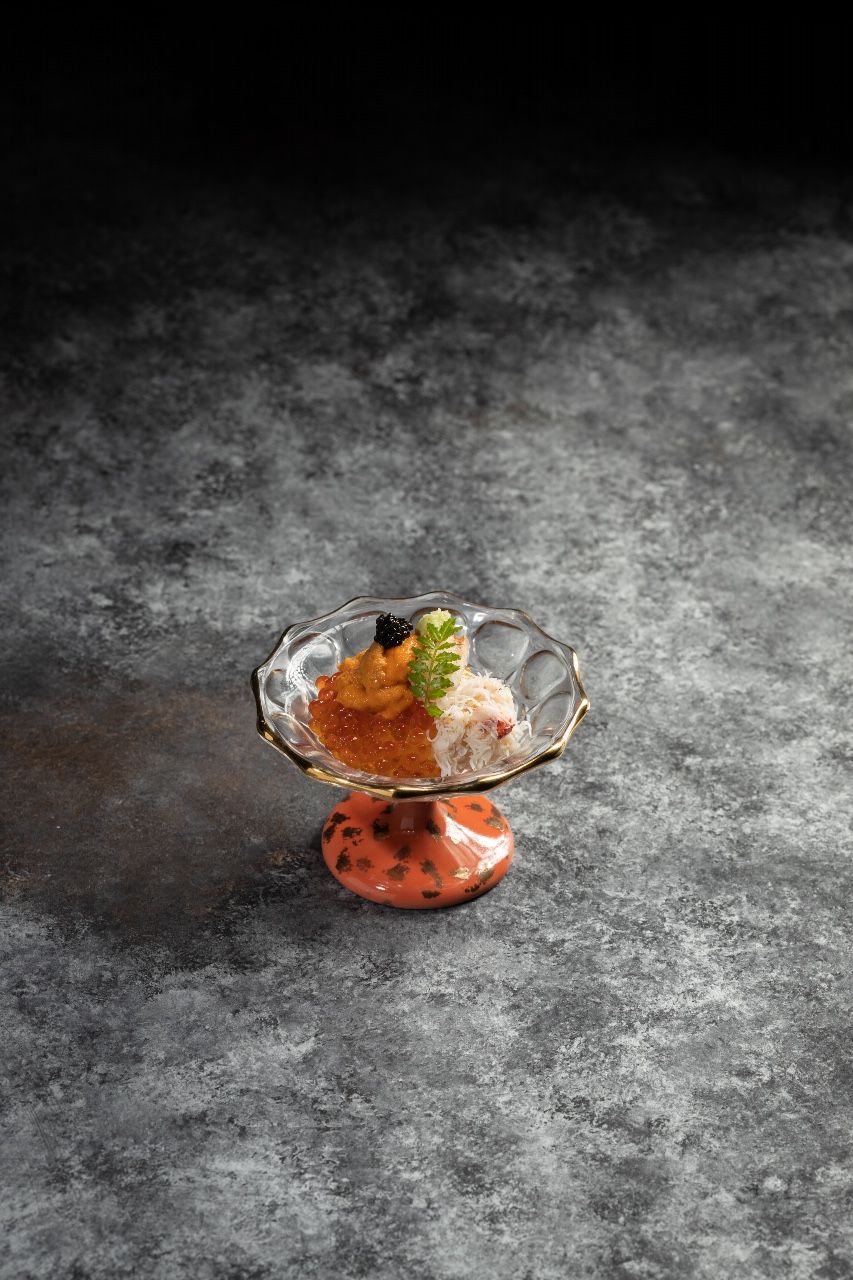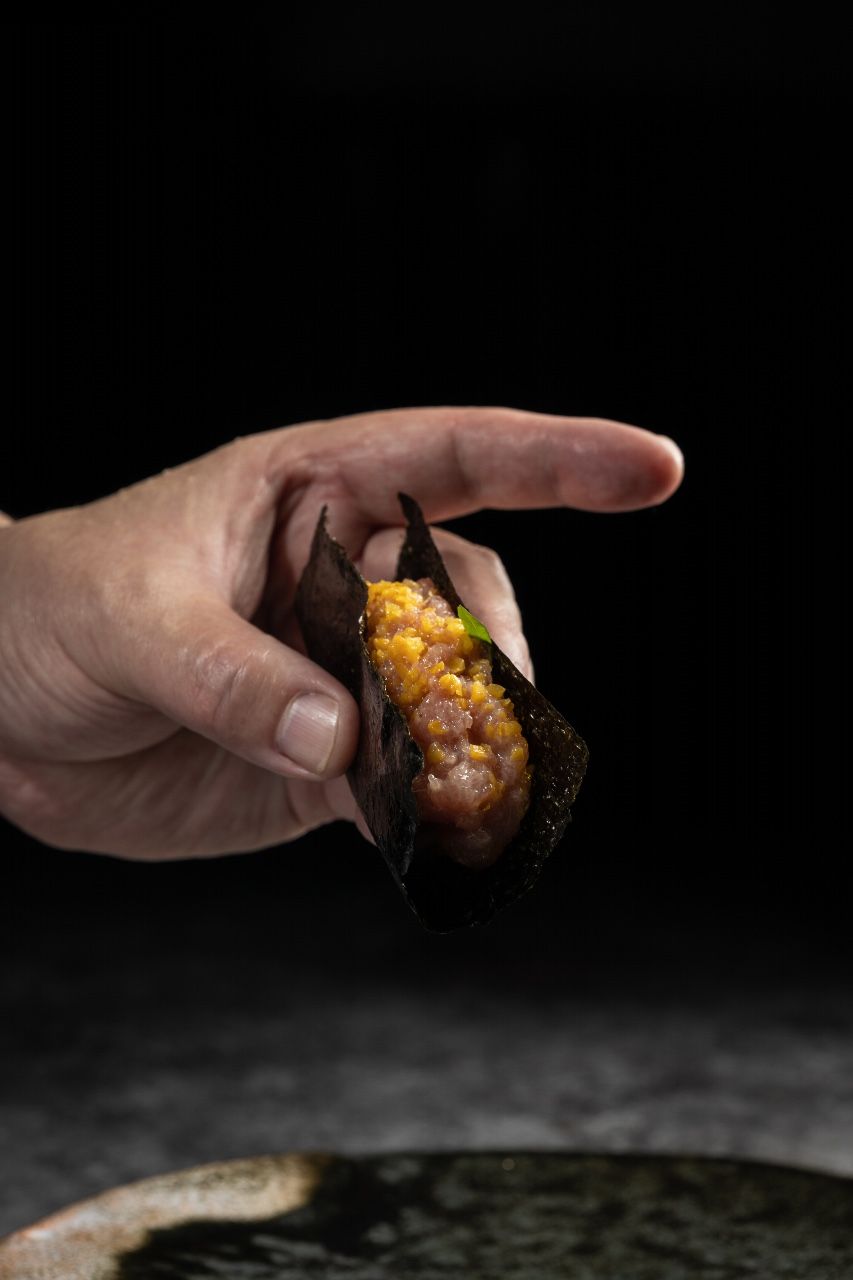Chef Ryoichi Nakatani pushes the limits of omakase dining by incorporating a unique blend of omakase traditions and the high-energy ambience of a vibe-dining experience
For almost 30 years, head chef Ryoichi Nakatani has been committed to earning his mastery and praise as Head Sushi Chef—one that is not loosely awarded. Focusing on preserving the centuries-old Japanese tradition of Edomae-style sushi, Nakatani had spent his years honing his craft in the famed Tsukiji Fish Market, before moving to Singapore as a head chef in various acclaimed sushi-yas, including Hashida and Sushi Ayumu.
Today, he helms the kitchen at Sushi Ichizuke, serving up Edomae-style omakase, in hopes of allowing locals to experience the art of traditional Japanese food culture.
Don't miss: 5 Reasons to Visit Oshino, the Latest Sushi-Ya Under the Shinji Kanesaka Group

Originating in the 1880s, Edomae-style sushi was derived from Edo (old Tokyo), starting off as pushcart stalls along the street, where people could simply grab and go. Developed as a way of preserving food, Edomae sushi involves curing fish while maintaining its raw texture. The versatility of Edomae sushi sparked creativity in Nakatani, allowing him to create unique dishes that were not limited to fish surrounding Japan.
At Sushi Ichizuke, Nakatani continues to delight Singaporeans with new aspects of Japanese omakase culture, pushing its limits by shedding its conventional fine dining impression. He does so by incorporating the modernity of a high-energy nightlife ambience into the experience. As a guiding point, Nakatani plans his menu around the freshest catch at Toyosu Fish Market in Japan, as well as climate-specific ingredients.
In case you missed it: Japanese Whisky 2021: What New Rules Defining the Label Mean for Fans


